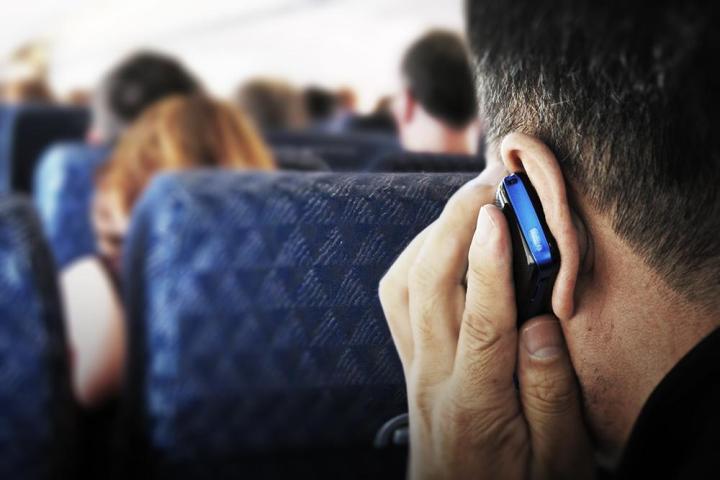
A new report has been released by mobile network analysis company RootMetrics, highlighting the best and worst cities in the U.S. when it comes to mobile network performance. According to the report, Atlanta, Chicago, and Indianapolis sit in the top three spots for the best performing mobile networks in the country.
“Metros can improve based on both increases in the area’s population over time, as well as improvements made by carriers.”
Perhaps most interesting about the report is that it highlights one thing in particular — larger cities do not equate to better mobile networks. In fact, New York, the most populated city in the States, ranked at number 76 in mobile network performance. Los Angeles, which is the second most populated city, came in at 94. In fact, only three of the top 10 performing cities were also in the top 10 most populated — Chicago, Dallas, and Atlanta.
Of course, there may be good reasons for this.
“A number of things can impact a city’s mobile performance, ranging from the number of users on a carrier’s network — which can lead to congestion issues – to the mobile infrastructure (e.g., number and location of towers and types of technologies being used by each carrier) to geography,” a RootMetrics spokesperson told Digital Trends.
Still, there is hope for these large cities that have consistently ranked low in mobile performance. Indianapolis, for example, increased in the reliability tests from being ranked at 93 to being number 7 on the list. This was due to much higher marks in users being able to get connected and stay connected on all four of the major networks. In fact, AT&T scored an impressive 100 percent in getting connected, while Verizon scored the same in staying connected.
Still, some cities may have scored well in one category, but scored poorly in others, leading to a lower overall score.
“Metros can either improve or digress based on both increases in the area’s population over time, as well as improvements made by carriers. When you look more closely at Phoenix, for example, you see that its Overall Performance weighted ranking (#115) may be bogged down by its Network Speed and Data Performance scores,” continued the RootMetrics spokesperson.
Scores themselves, according to RootMetrics’ statement to Digital Trends, are calculated based on an average of all carriers’ RootScores in a given city, which is then weighted by the national percentage of subscribers in those cities. What that means is that carriers with more customers are weighted heavier than those with fewer customers.
RootMetrics analyzes 125 cities in total, and it scores them twice per year. You can read the full report for yourself here.
Editors' Recommendations
- Have T-Mobile? Your 5G service is about to get much faster
- T-Mobile still has the fastest 5G, but its rivals are catching up
- The 5G speed race is over and T-Mobile has won
- Here’s another big reason why T-Mobile 5G dominates AT&T and Verizon
- T-Mobile is leaving AT&T and Verizon in the 5G dust


